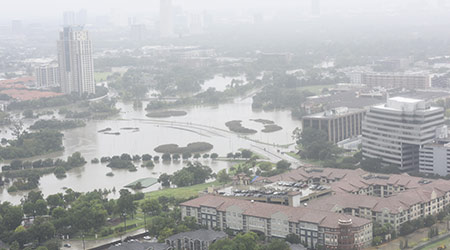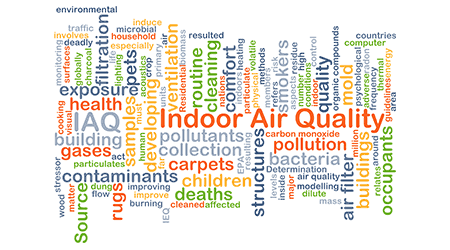
NIST Report Pushes Resilience
October 12, 2018
Emergency preparedness in institutional and commercial facilities tends to center on protecting protecting buildings and occupants from the crisis, which is understandable. But as the concept resilience takes hold, more facility managers and others involved in emergency preparedness are starting to broaden their efforts to include the goal of keeping facilities open and operational during and after the crisis.
This outcome could become more likely with improved standards and codes for the construction of residential and commercial buildings, according to a new report recently delivered to the U.S. Congress by the National Institute of Standards and Technology (NIST).
"Current standards and codes focus on preserving lives by reducing the likelihood of significant building damage or structural collapse from hazards," says Steven McCabe, director of the NIST-led, multiagency National Earthquake Hazards Reduction Program and one of the authors of the new publication. "But they generally don't address the additional need to preserve quality of life by keeping buildings habitable and functioning as normally as possible, what we call 'immediate occupancy.' The goal of our report is to put the nation on track to achieve this performance outcome."
The impact of a natural hazard on a community is usually most evident in the lives lost and physical destruction, but the accompanying economic shock, social disruptions and reduced quality of life can often be devastating as well.
"Cities and towns can be rebuilt, but lifestyles are damaged, sometimes permanently, if businesses, schools, utilities, transportation and other essential operations are out of service for an extended period," says Therese McAllister, manager of NIST's Community Resilience Program and another report author.
This Quick Read was submitted by Dan Hounsell — dan.hounsell@tradepressmedia.com — editor-in-chief of Facility Maintenance Decisions, and chief editor of Facilitiesnet.com.
Next
Read next on FacilitiesNet












